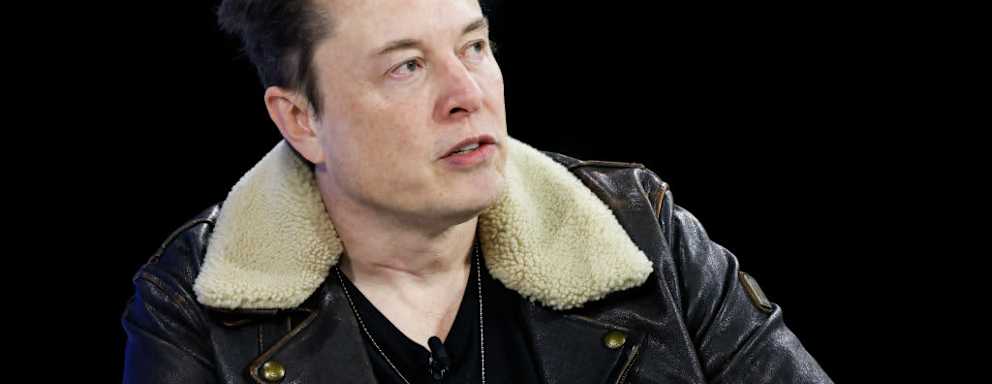Elon Musk Wants to Create a Tuition-Free University in Texas
 Credit: Image Credit: Michael M. Santiago / Staff / Getty Images News
Credit: Image Credit: Michael M. Santiago / Staff / Getty Images News- The school project is being funded by a $100 million donation.
- Once the primary and secondary schools are operational, the university component would be added.
- The university curriculum will focus on math, science, engineering, and physics.
- Elon Musk double majored in physics and economics.
Elon Musk, owner, executive chair, and chief technology officer of X, formerly known as Twitter, plans to start a university in Austin, Texas.
Bloomberg on Dec. 13 reported that it had obtained an Internal Revenue Service application detailing Musk’s creation of the “School,” which will start as a tuition-free K-12 school that will add a university later. The School will begin next year with approximately 50 students, 11 faculty members, nine administrators, and a gift of $100 million.
The document says that once the primary and secondary schools are operating, the School will dedicate time to creating the university and apply for accreditation by the Southern Association of Colleges and Schools Commission on Colleges.
The School intends ultimately to expand its operations to create a university dedicated to education at the highest levels,
the document says. The School does not want the inability to pay tuition or fees to be a barrier for its students. Thus, if a student is admitted to the School, tuition and financial support will be provided to the extent of available resources.
The university curriculum will center on math, science, engineering, and physics, with hands-on learning experiences through simulations, case studies, fabrication/design projects, and labs. Plans also anticipate developing intellectual property as part of research and educational functions.
The document says the School will give $2 million in financial aid to the 50 students. School scholarships will not consider race, color, sex, age, religion, or ethnic or national origin.
The School is currently in the process of hiring officers and trustees.
Musk, founder of SpaceX and Tesla, went to Queen’s University in Ontario, Canada, before transferring to the University of Pennsylvania, where he double majored in physics and economics.
He attended Stanford University for a Ph.D. in physics but left after two days to work on entrepreneurship projects with his brother.